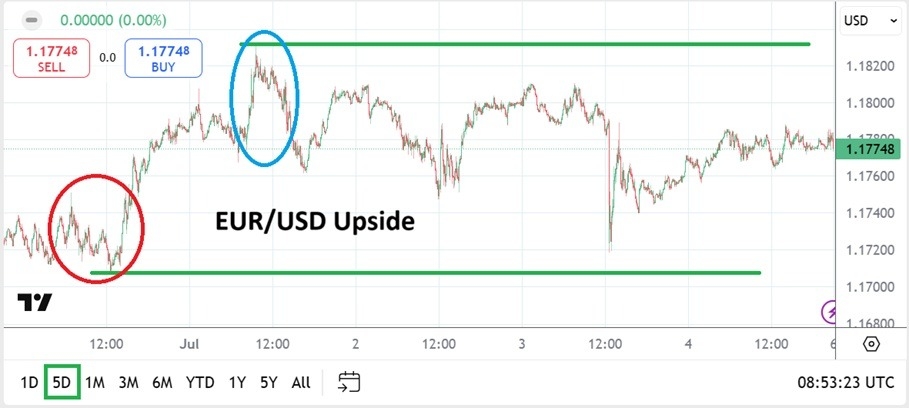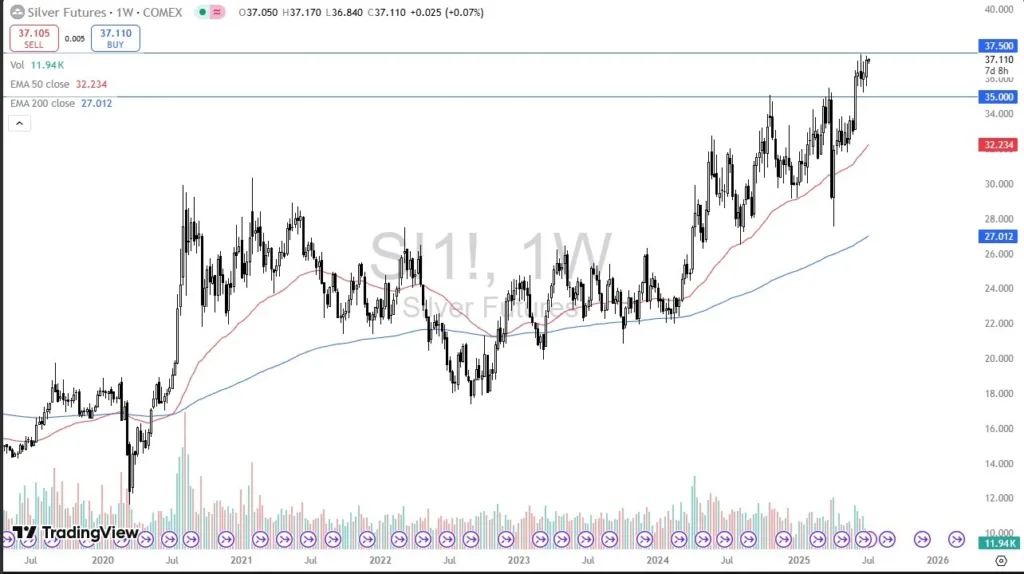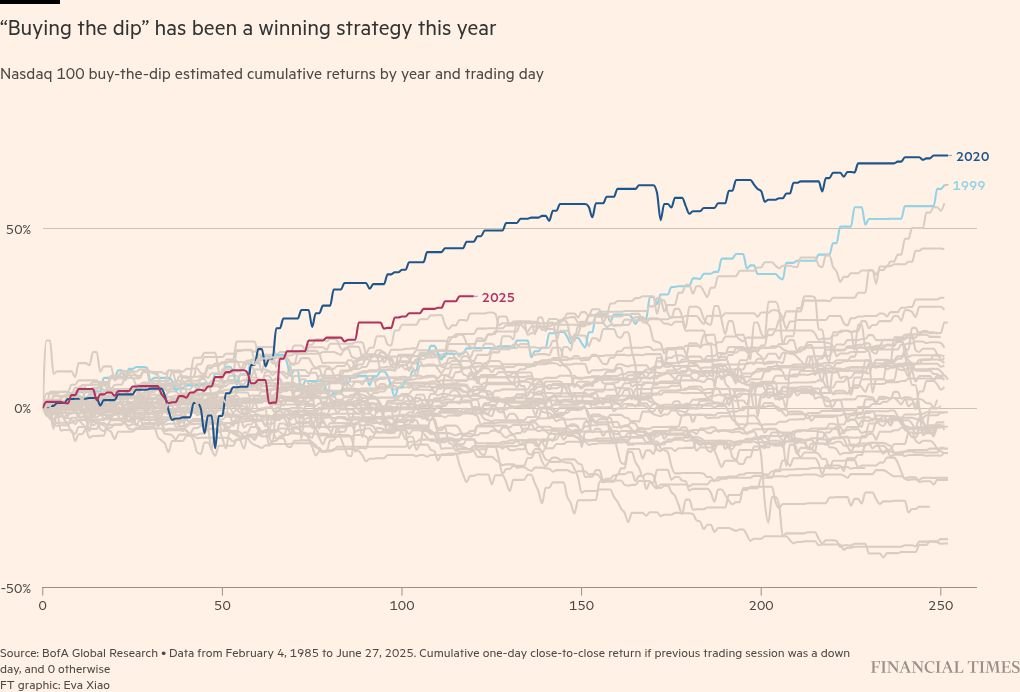The regulatory action has exposed the market’s dependence on proprietary trading firms and their domestic partners. What began as targeted enforcement against alleged market manipulation by the US-based trading giant quickly spilled over, impacting the broader capital markets infrastructure, even affecting firms with no regulatory issues.
Nuvama Wealth Management, Jane Street’s local trading partner in India, suffered the steepest decline on Friday, falling 11.26%, despite not being implicated in any wrongdoing in Sebi’s investigation. Shares of stock exchange BSE and Angel One dropped around 6% each, while CDSL fell over 2%. The combined erosion in market capitalisation was nearly Rs 12,000 crore.
The regulatory action targeted Jane Street and its affiliates for manipulating prices in Bank Nifty index options and underlying stocks, resulting in an order to disgorge unlawful gains of Rs 4,844 crore.
However, the market’s reaction to Nuvama highlights how regulatory action against one entity can impact its business partners—even when they face no direct allegations. The sharp fall in Nuvama’s stock reflects investor concerns about potential revenue loss from the possible exit of a significant client, regardless of the firm’s conduct.

Live Events
“Prop trading firms like Jane Street account for nearly 50% of options trading volumes,” noted Zerodha founder Nithin Kamath, highlighting the market’s concentration risk. “If they pull back—which seems likely—retail activity (around 35%) could take a hit too. So this could be bad news for both exchanges and brokers.”Also Read | Explained: What is Jane Street and how it made Rs 36,500 crore profit by gaming Dalal StreetThe scale of the market’s dependence on proprietary trading firms becomes evident through the numbers. When a single entity controls half of the options volume, its potential exit creates significant uncertainty about future market liquidity and trading activity.
“Jane Street is one of the largest traders contributing to Indian markets,” said Siddarth Bhamre, Head of Institutional Research at Asit C. Mehta. “When big players are banned for wrongdoing, others become cautious and reduce activity, leading to lower volumes. Traders may also face fewer counterparties, potentially causing a further drop in F&O volumes ahead.”
The concerns extend beyond immediate volume impacts. Ashish Nanda, President & Chief Digital Business Officer at Kotak Securities, outlined the broader implications: “HFTs will surely be feeling the heat. Many will be re-assessing their strategies. Will they slow down? The fact is that HFT firms provide a lot of liquidity in the markets. If there’s a reduction in activity by HFTs, it will also impact retail volumes.”
The immediate market reaction suggests traders are already pricing in a potential decline in volumes across Indian capital markets. Analysts warn that the regulatory action could put pressure on the revenue of intermediaries heavily dependent on derivatives trading, with volumes likely to shrink in response to Sebi’s measures against one of the segment’s largest prop trading firms.
Angel One founder Dinesh Thakkar offered a more optimistic view, arguing that India’s market opportunity remains “structural, not cyclical—and certainly not dependent on any one firm.” He pointed to the surge in retail participation in equity derivatives—from just 2% in 2018 to over 40% in 2025—as evidence of strong underlying market fundamentals.
“When one player exits, others step in—and often, very fast,” Thakkar noted, referencing global trading giants like Citadel Securities, IMC Trading, Optiver, Jump Trading, and Millennium, which are already expanding into India, setting up local entities, hiring talent, and investing in infrastructure.
Despite this optimism, the immediate challenge is gauging the actual impact on trading volumes. Zerodha’s Nithin Kamath acknowledged the uncertainty: “The next few days will be telling. F&O volumes might reveal just how reliant we are on these prop giants.”
The Jane Street episode underscores how regulatory action—while targeting specific misconduct—can have broader ripple effects across the derivatives ecosystem. The Rs 12,000 crore selloff on Friday reflects investor concerns over volume contraction and revenue pressure, particularly for intermediaries with direct exposure to the banned firm.
As the market adjusts to this new reality, attention will turn to whether other international trading firms can fill the liquidity vacuum left by Jane Street’s exit—and how domestic players recalibrate their models to sustain revenue in a changing regulatory landscape.








